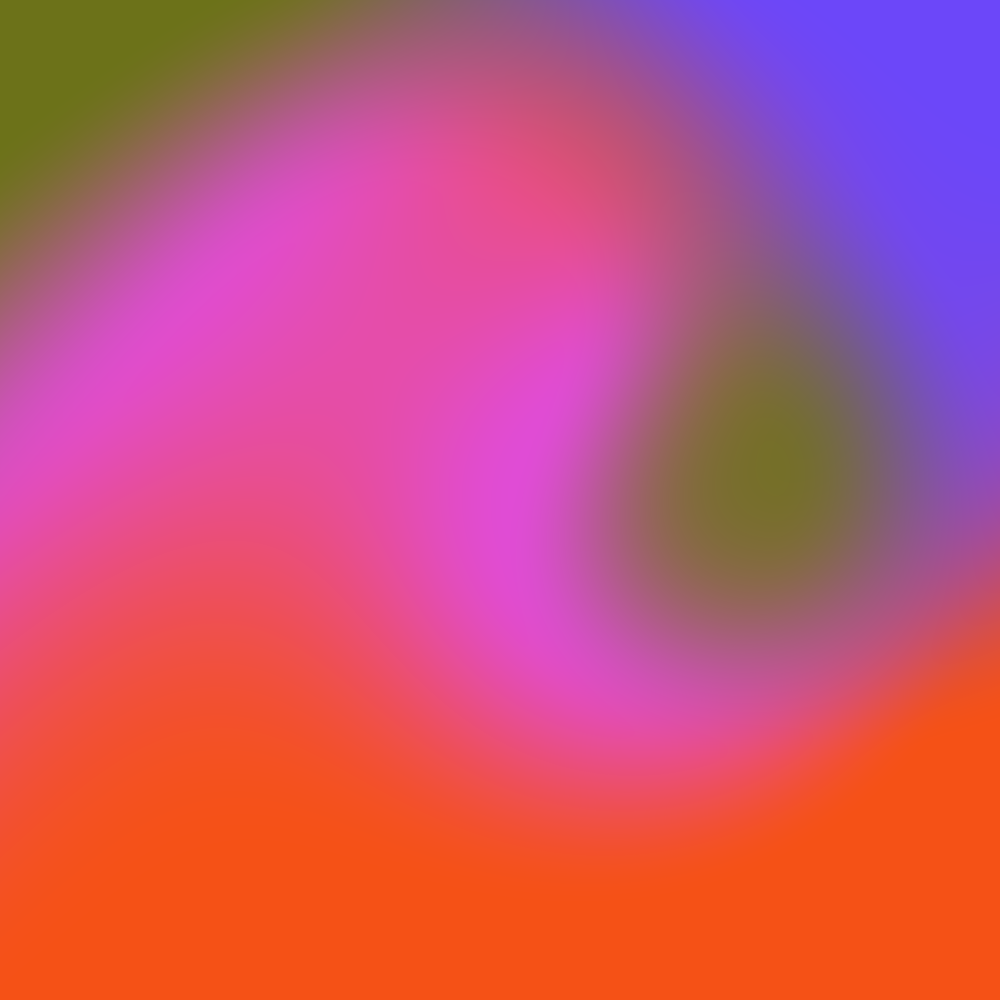My favorite creative manifestos for artists: Inspiration for when you're feeling blocked or burnt out
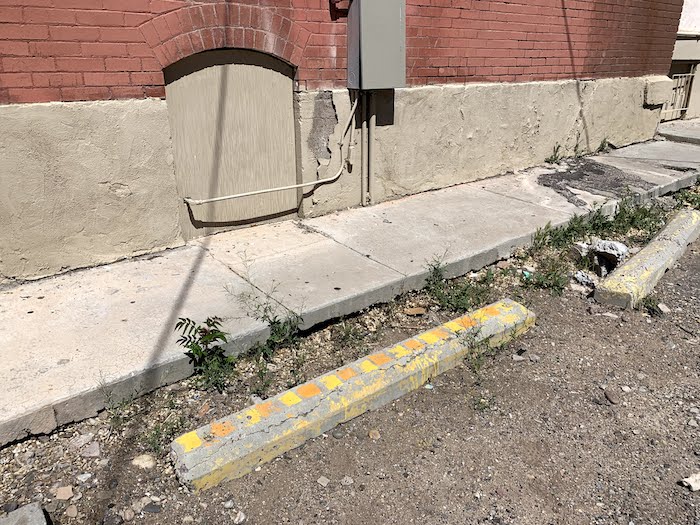
"A soft manifesto" by artist and musician Cortney Cassidy #
These principles were published by The Creative Independent late 2020, a year when we needed them most. Written by artist and musician Cortney Cassidy, these anti-capitalist principles are grounded in collectivism and environmental justice. I find myself coming back to this soft manifesto frequently, when I find myself feeling exhausted and overwhelmed. Reading them, I am reminded of all the reasons I have devoted myself to making art.
These principles act as a soft manifesto for myself, and for anyone else who wants to be an artist practicing for softer reasons at softer paces in softer spaces:
- Can you afford to break down any barriers between your work and the audience? (monetary, language, accessibility, etc.)
- What can you gain, that is not money, from the work?
- Who, that is not you, can gain from the work?
- Can you remove yourself from the center of the work?
- Does the work consider its impact on our planet?
- Does the work consider your politics?
- Does the work reflect your understanding of the responsibility of being human?
- Have you learned all you can from the work before presenting it as finished?
- In what ways have you grown or changed from older work, and are you proud of these changes?
- Can you afford to rest?
"Principles of urgentcraft: On the power of mutual aid publishing during crisis" by artist and educator Paul Soulellis #
These principles were also published on The Creative Independent in 2020, during the summer of quarantine and protests against police brutality in the United States. Soulellis' essay is informative, actionable, and infused with all the enthusiasm of a sweaty punk house show. It's absolutely my favorite kind of essay. In it, Soulellis provides examples of both historical and recent urgentcraft, or any creative labor-work that aims to "document, agitate, redistribute, or interfere with power"—zines, collaborative google sheets, surveys, streaming workshops, performances, teach-ins, and online petitions.
A proposal #
So here is a constellation of tactics to imagine what comes next, not “when the crisis is over,” but for when the harshest breakdowns are occurring. It’s a proposal to consider some of these tactics in your own creative work, like illegibility, agitation, radical publishing, and messy sense making. It’s a set of principles that works to resist the smooth flow of design perfection and oppression-based ideologies, especially for art and design students and educators. I assembled them, but they’re meant to be borrowed, distributed, used, re-circulated, and re-authored however you wish.
Principles of urgentcraft #
- Do what you can
- Use modest tools and materials
- Understand the politics of your platforms
- Practice media hybridity
- Work in public (self-publish!)
- Practice a slow approach to fast making
- Think big but make small
- Redistribute wealth and accumulation
- Work towards the then and there of queer futurity (while acknowledging past struggles and privileges)
- Agitate/interfere (“make good trouble”)
- Dismantle white supremacy / be anti-racist
- Resist, loosen, and dismantle ableism, heteropatriarchy, and settler colonialism
- Resist capitalist strategies
- Refuse design perfection / stay with the mess
- Question linearity and other hierarchical structures
- Commit to maintenance and self-care as a form of urgency
- Fail to provide the perfect read (resist legibility)
- Use (steal from) the institution when you can (while resisting its values) (from Stefano Harney and Fred Moten, “The University and the Undercommons: Seven Theses,” 2004)
- Prioritize communal care as a never-ending practice
"Art department rules" by composer John Cage and artist and educator Sister Corita Kent #
I'm not sure where I first came across John Cage and Sister Corita Kent's "Art department rules" poster, but its iconic offset type takes up permanent real estate in my mind. Maria Popova from Brain Pickings wrote a short piece about its origins, and you can buy a print of the poster from Corita's foundation website.
Also check out this video walk-through of these rules by The Art Assigment on YouTube (one of my favorite channels).
RULE ONE: Find a place you trust, and then try trusting it for awhile.
RULE TWO: General duties of a student — pull everything out of your teacher; pull everything out of your fellow students.
RULE THREE: General duties of a teacher — pull everything out of your students.
RULE FOUR: Consider everything an experiment.
RULE FIVE: Be self-disciplined — this means finding someone wise or smart and choosing to follow them. To be disciplined is to follow in a good way. To be self-disciplined is to follow in a better way.
RULE SIX: Nothing is a mistake. There’s no win and no fail, there’s only make.
RULE SEVEN: The only rule is work. If you work it will lead to something. It’s the people who do all of the work all of the time who eventually catch on to things.
RULE EIGHT: Don’t try to create and analyze at the same time. They’re different processes.
RULE NINE: Be happy whenever you can manage it. Enjoy yourself. It’s lighter than you think.
RULE TEN: “We’re breaking all the rules. Even our own rules. And how do we do that? By leaving plenty of room for X quantities.” (John Cage)
HINTS: Always be around. Come or go to everything. Always go to classes. Read anything you can get your hands on. Look at movies carefully, often. Save everything — it might come in handy later.

"The basic principles of The Artist’s Way" by teacher, author, writer, poet, and playwright Julia Cameron #
Cameron introduces these ten basic principles in the first few pages of her national bestseller, The Artist's Way. You'll see the word God throughout these principles, a word that may or may not resonate with you. Cameron encourages us to think of our creativity as a spiritual practice, and to get curious about the spiritual electricity that we manifest when we're creating. Feel free to replace "God" with whatever word resonates most for you: Source, Spirit,Creative Force, The Great Creator, Benevolent Universe, Goddess, etc.
Creativity is the natural order of life. Life is energy: pure creative energy.
There is an underlying, in-dwelling creative force infusing all of life--including ourselves.
When we open ourselves to our creativity, we open ourselves to the creator’s creativity within us and our lives.
We are, ourselves, creations. And we, in turn, are meant to continue creativity by being creative ourselves.
Creativity is God’s gift to us. Using our creativity is our gift back to God.
The refusal to be creative is self-will and is counter to our true nature.
When we open ourselves to exploring our creativity, we open ourselves to God: good orderly direction.
As we open our creative channel to the creator, many gentle though powerful changes are to be expected.
It is safe to open ourselves up to greater and greater creativity.
Our creative dreams and yearnings come from a divine source. As we move toward our dreams, we move toward our divinity.
"The eight splendid truths of happiness" by writer Gretchen Rubin #
If you've never read Gretchen Rubin's book The Happiness Project, I highly recommend it. I recently read the follow-up book, Happier at Home, which helped me get through the low points of early 2021 quarantine. Rubin's firsthand study on happiness resulted in these "Eight splendid truths" which I find to be a refreshing and succinct way to check in with my own feelings.
First Splendid Truth
To be happier, you have to think about feeling good, feeling bad, and feeling right, in an atmosphere of growth.Second Splendid Truth
One of the best ways to make yourself happy is to make other people happy; One of the best ways to make other people happy is to be happy yourself.Third Splendid Truth
The days are long, but the years are short.Fourth Splendid Truth
You’re not happy unless you think you’re happy. (Many argue the opposite case. John Stuart Mill, for example, wrote, “Ask yourself whether you are happy, and you cease to be so.” I disagree.)Fifth Splendid Truth
I can build a happy life only on the foundation of my own nature.Sixth Splendid Truth
The only person I can change is myself.Seventh Splendid Truth
Happy people make people happy, butI can’t make someone be happy, and no one else can make me happy.Eighth Splendid Truth
Now is now.
A mantra for multi-passionate people by writer, speaker, and musician Emilie Wapnick #
This little prayer came to me in a Puttylike email written by Emilie Wapnick. I loved it so much that I return to it whenever I start to doubt the path I've chosen. Wapnick is a multipotentialite, someone with many interests and creative pursuits, and she runs a community for other multipods. As someone who is also multi-passionate, I resonate with this mantra that encourages us to trust our own intuition over other people's opinions.
What I think,
How I feel,
What I love:
These hold more weight to me than other people’s opinions.
I will always listen to others that I trust, but I trust myself above all others.
I know myself better than anyone else knows me, and I check in with myself regularly.
When I listen to, respect, and prioritize my inner voice, I make things happen.
An ode to the possibilities of using anything in one's surroundings as a starting point for art by artist Claes Oldenburg #
Claes Oldenburg published I Am For..., in 1961. He calls it a “slightly satirical ode or paean to the possibilities of using anything in one’s surroundings (mostly urban) as a starting point for art, the art movement that came to be known as New Realism or Pop Art.”
This ode encourages me to pay attention and broaden my artistic horizon. What in my surroundings could be artistic inspiration if I only took a moment to look a little more closely?
This manifesto is quite long, so I'll only post my favorite snippets here. You can read the whole thing on the Walker Art website.
I am for the art of conversation between the sidewalk and a blind man’s metal stick.
I am for the art that grows in a pot, that comes down out of the skies at night, like lightning, that hides in the clouds and growls. I am for art that is flipped on and off with a switch.
I am for art that unfolds like a map, that you can squeeze, like your sweetie’s arm, or kiss like a pet dog. Which expands and squeaks like an accordion, which you can spill your dinner on like an old tablecloth.
I am for an art that you can hammer with, stitch with, sew with, paste with, file with.
I am for an art that tells you the time of day, or where such and such a street is.
I am for an art that helps old ladies across the street.
I am for the art of the washing machine. I am for the art of a government check. I am for the art of last war’s raincoat.
I am for the art that comes up in fogs from sewer holes in winter. I am for the art that splits when you step on a frozen puddle. I am for the worm’s art inside the apple. I am for the art of sweat that develops between crossed legs.
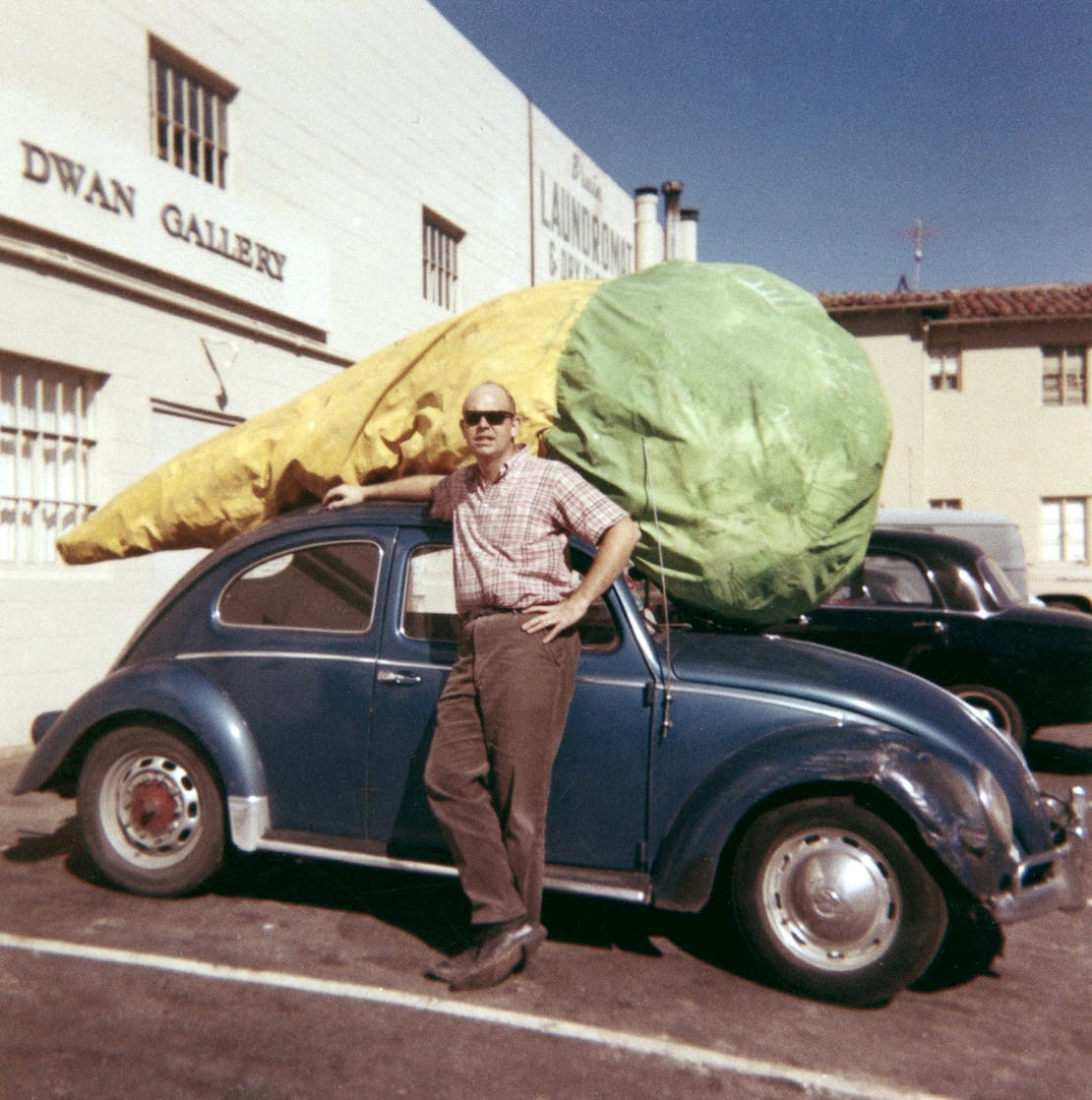
I am for the art of cheap plaster and enamel. I am for the art of worn marble and smashed slate. I am for the art of rolling cobblestones and sliding sand. I am for the art of slag and black coal. I am for the art of dead birds.
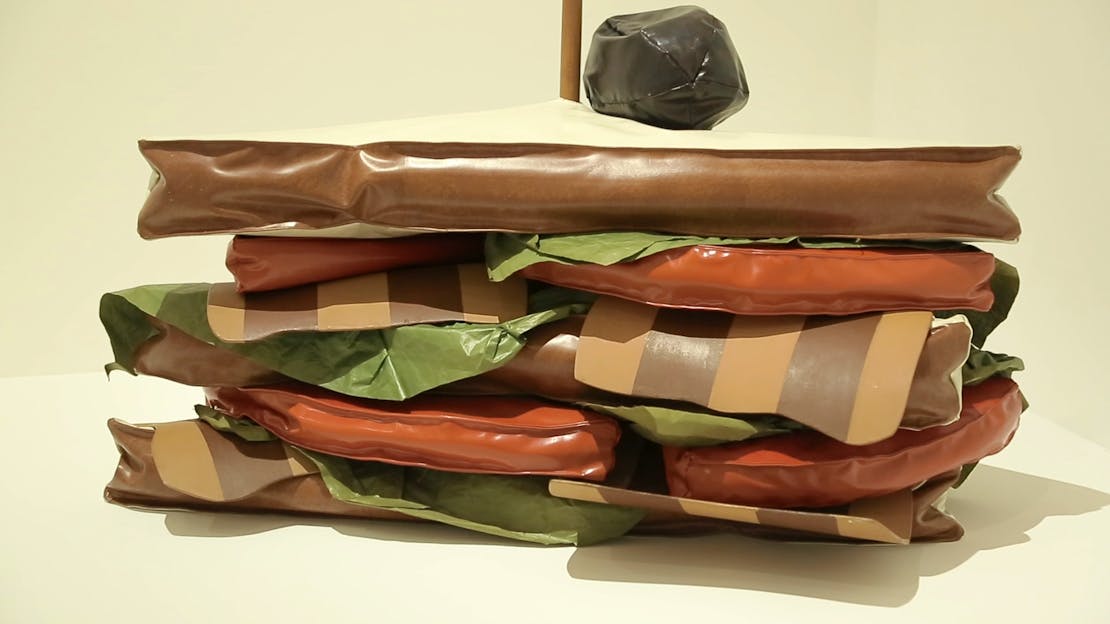
I am for US Government Inspected Art, Grade A art, Regular Price art, Yellow Ripe art, Extra Fancy art, Ready-to-Eat art, Best-for-Less art, Ready-to-Cook art, Fully Cleaned art, Spend Less art, Eat Better art, Ham art, pork art, chicken art, tomato art, banana art, apple art, turkey art, cake art, cookie art…
Do you have a mantra, manifesto, or list of principles that inspires you? Send me your ideas via email!
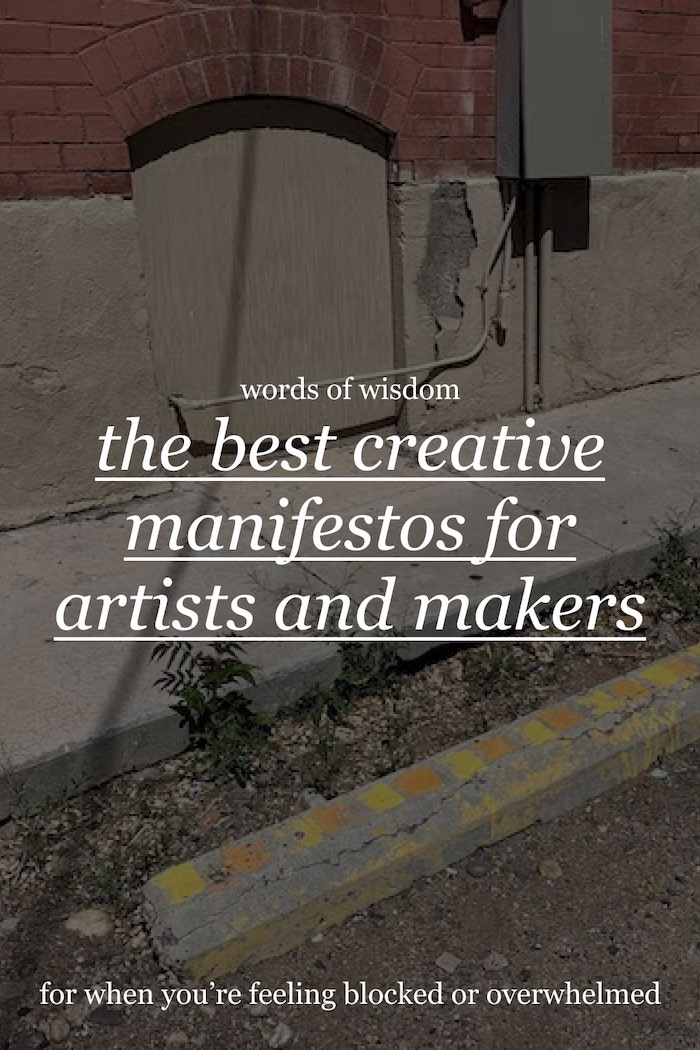
Subscribe to Soft Practice—An email newsletter for artists and makers
Soft Practice is about making art without an art degree, paying attention, and keeping the promises we make to ourselves. It's about practice. And quitting. And starting again.
It arrives in your inbox once a month (usually on a Sunday) and is best consumed with a hot beverage. In each newsletter I will share all the messy parts along my journey to becoming a full-time artist and maker, help you get organized to better manage your creative projects, and offer up some thoughtful (and sometimes weird) recommendations.
